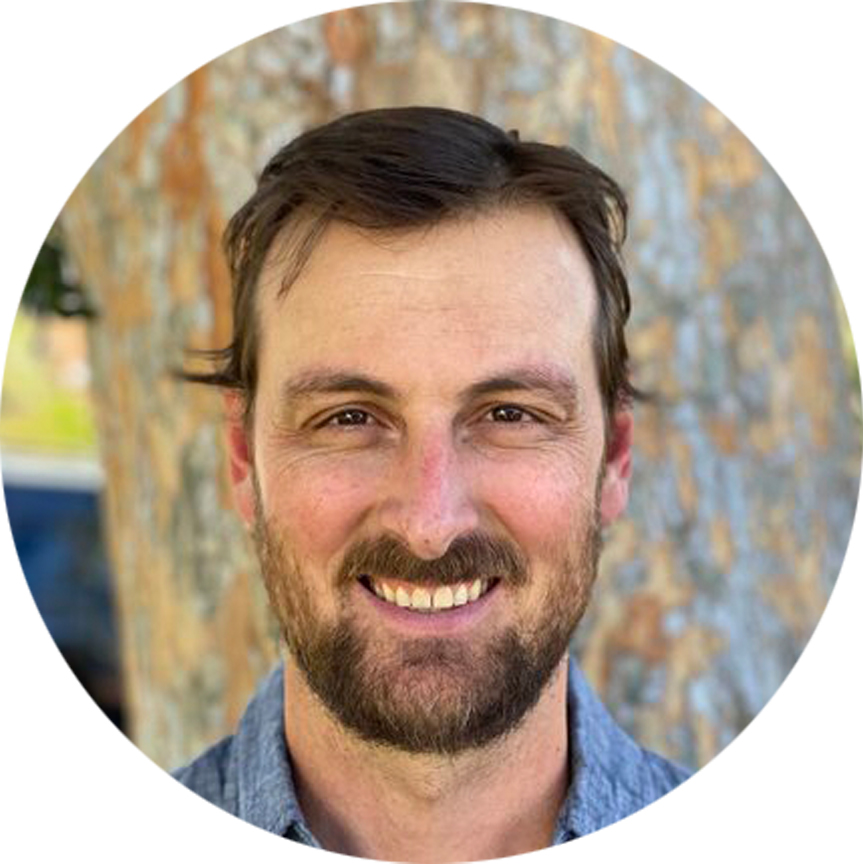UNDERSTANDING THE RAPID RECENT INCREASE IN WESTERN US WILDFIRE ACTIVITY
November 19, 2021
Richard Murphy Annual Memorial Lecture
By evaluating records of wildfire occurrence and size in the western US from 1984 through 2020 (during which time annual burned area increased 300%) patterns point to a tenfold increase in forest fire area, that fire size increase rather than frequency affects burn area, and that fires ignited by lighting represent the highest growth in forest fire size. Continued work is needed to better understand the interacting effects of fuels and climate on western US wildfire in order to inform our expectations of future wildfire trends and decisions about how to better manage fire, fuels, and other related natural resources such as water.
Presented by UNM Geography & Environmental Studies | UNM Sustainability Studies Program | UNM Resilience Institute | UNM Grand Challenges | UNM R. H. Mallory Center for Community Geography
View the lecture below:
Park Williams
 | Park is a hydroclimatologist whose research aims to understand the causes and consequences of hydrological extremes such as drought. Much of his research focuses on hydroclimatology in its own right, and much also aims to improve understanding of how hydrological extremes affect life on earth (bioclimatology). Questions that he finds especially interesting involve the effects of human-caused climate change on the hydrological cycle, ecological systems, and humanity through extreme events such as heat waves, wildfires, and flooding. Learn more about Park's research here. |
